IFAD argues that agriculture in Mozambique must go beyond subsistence
Mozambique: Government will subsidise cotton price to ensure that “1 million Mozambicans can put food on the table” – A Verdade

Photo: A Verdade
For the first time in many years, the government will subsidise the price of cotton, to ensure that “one million Mozambicans can put food on the table”. It will be Minister Celso Correia’s first intervention towards the “zero hunger” utopia, challenging the processing companies and the almost 200,000 small farmers to add to the production of the so-called “white gold” other cash crops, such as soy and corn, with access to subsidies that could amount to US$4 million in 2020 alone.
On Monday, the minister of Agriculture and Rural Development met representatives of the small farmers and the companies that promote Mozambique’s seventh most important export.
“Cotton is a cash crop that many fail to understand is not only an economic but also social [pillar] for Mozambique. It is clear that it remains one of the export references, (…) but it also represents jobs and, above all, represents about 200,000 families working in the value chain,” the minister said.
“Our history is full of ups and downs in this sector, but it is important to mention that these families remain firm because their source of income, their source of life, comes from this activity. Therefore, this meeting is much more than discussing the price of cotton, it is discussing the lives of one million Mozambicans. It is discussing how one million Mozambicans will put food on the table, it is discussing how one million Mozambicans will pay for their basic needs, how will one million Mozambicans address their challenges and, above all, manifest their dreams,” Minister Correia declared.
“Over the past three months,” Correia shared, “the government has studied the cotton chain in its essence, and we have come to the conclusion that the singular income of those in the cotton chain is still not satisfactory. In other words, nobody in the countryside lives on cotton alone. It is one source of income, but not enough to guarantee that these families, which on average have five members and work areas of 1.5 hectares, are able to escape from poverty. Returns have been around 12,000 to 15,000 meticais for cotton alone, so they depend on other crops to meet their most basic needs.”
With international markets as reference, the minimum price for 2019/2020 seed cotton – with an expected yield of just over 41,000 tons, 7.4 percent less than in the 2018/2019 campaign – should be fixed at 18 to 19 meticais per kilogram, exactly as per the formula agreed on by national stakeholders in 2017.
To keep the price of cotton at 23 meticais/kilo or increase it to 25 meticais/kilo, AMM asks for US$3 to US$4 million
Speaking on behalf of the 154,943 small farmers involved in the campaign, the president of the National Forum of Cotton Producers (FONPA), Benison Simoco, asked that “the price remain the same as last year, from 23.30 mt/kilo for the first quality, 17 mt/kilo for the second quality and the ginning rate also remain at seven meticais”.
João Ferreira dos Santos, president of the Associação Algodoeira de Moçambique (AAM), recalled that “we had a relatively high stable price of around 23 meticais/kilo for some time, but we knew it would fall at some point – commodities are like that. We have been talking for many years about the need to have a crisis management mechanism that we can apply at times like these, when the price goes down, exactly to stabilise production levels – to intervene in years like these, like the one we are experiencing.”
“Our position as an association, in terms of price negotiation is as follows. The formula is enshrined in law, as a minimum price. Companies can pay more. The main risk right now is connected to whether the markets continue to fall after pricing, because it [the price] may become unfair, as happened last year. But at this moment, being a year of crisis, and mainly with the pandemic, we think that we have act with solidarity. A good rule is that, in these falling years, we must be at the maximum interval of the formula, and the Algodoeira Association would not have the gall to come and negotiate or bargain formula prices. Our institutional position is to immediately accept the maximum formula range that today would point to 19 meticais/kilo,” he explained.
But, the buyers’ representative remarked, “This price will be highly demobilising for the sector, and will necessarily bring about a reduction in the number of producers and production volumes in the next campaign, and this we would like to avoid at all costs.”
“For us to keep the price at 23 meticais/kilo, or even 25 meticais/kilo, we would need between US$3 to US$4 million. If we get this, although no one will be able to say for sure, we would probably be able to increase production by around 20 percent. If we do not apply these prices and pay 19 meticais/kilo, we can assume a loss well above 20 percent or more [of volume],” the AAM president proposed.
Integrated production of cotton and other cash crops to lift 200,000 peasants out of poverty
Minister Celso Correia will present these proposals to the Council of Ministers today (Tuesday 12th), but @Verdade has learned that the Executive will subsidise the price of seed cotton, and the only question is whether to keep it at 23 meticais/kilo or increase in to 25 meticais/kilo.
ALSO READ:Cotton seed commercialisation: Price decision sent to government – Noticias
“Those 200,000 producers could make an agricultural revolution, if they are well organised,” Minister Correia said. “From the calculations I made, it is even healthy to combine and rotate crops. The sector should be reporting not only the tons of cotton produced but at least three other crops, too. For example, if this group of producers so decided, it could, without jeopardising cotton production, increase soy production by more than 300 percent in two years.”
The fact of the matter is that, by subsidising its best organised sub-sector and simultaneously promoting the production of two or three other cash crops, the Ministry of Agriculture and Rural Development will not only guarantee that “one million Mozambicans will be able to put food on the table”, but might even triple income and help 200,000 families in Zambézia, Nampula, Cabo Delgado and Niassa emerge from poverty.
By Adérito Caldeira



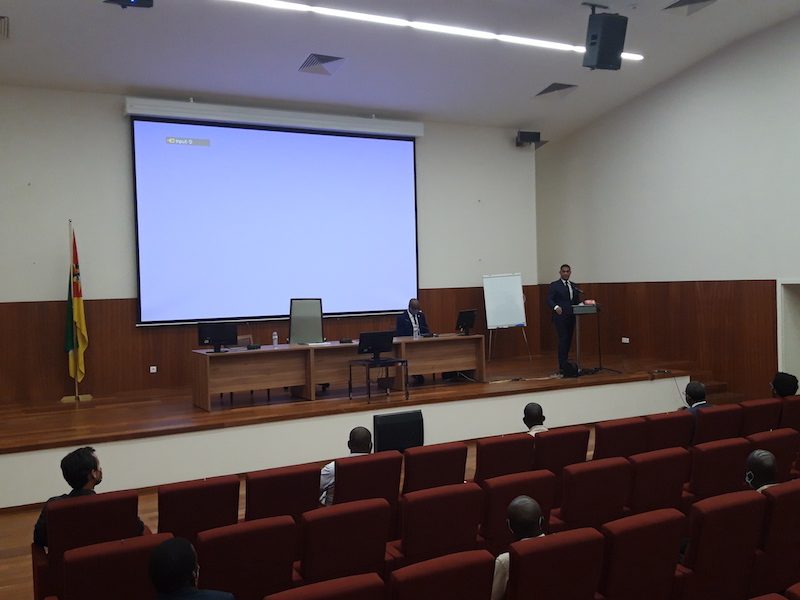

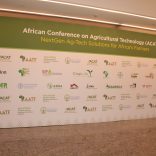
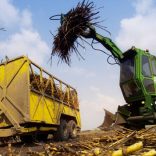
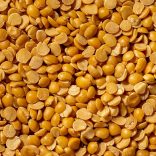




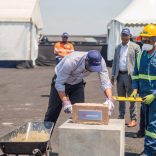

Leave a Reply
Be the First to Comment!
You must be logged in to post a comment.
You must be logged in to post a comment.